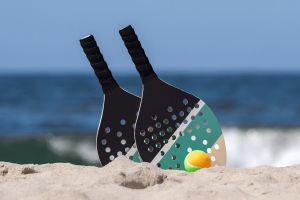Wanaka, a frontier town in Aspalin National Park, a leisure resort in New Zealand, is also the best place for hiking.
For ordinary travellers, the biggest scenic spot in Wanaka is "That Wanaka Tree". It grows in the middle of the lake and is out of reach, giving it a meaning far away from the hustle and bustle of the city. No matter the season, sunrise or sunset, it stands alone, guarding the lake, and thus it was named "The Lonely Tree".
Over the past 80 years, it has become a living signboard of local tourism in Wanaka. On March 18, 2020, New Zealand News reported that when Louisa Apanui, a local photographer in Wanaka, went to take a picture, she found that the Lonely Tree had been sawed off at the trunk and branches closest to the surface of the water, and the branches were thrown by the lake.
Although the Lonely Tree is still there, it has lost its graceful shape of an "S" before.
A tree was widely spread as a photograph and had to be mentioned to a local photographer in Wanaka. Heather McLeod, president of the Wanaka Camera Club, photographed the tree and shared it with the club.
Although some club members thought the tree was "absolutely joking," others posted it on websites and social media. Another character is Christchurch photographer Dennis Radermacher who took a picture of a foggy tree and won the 2014 New Zealand Geographic Photo of the year.
This tree has gradually become a New Zealand mangrove tree, even Google Maps will be marked with the Wanaka tree, attracting countless photography lovers to come as a souvenir, perhaps this lonely tree is the most frequently photographed tree in the world.
Locals say they seem to have cut it off with chainsaws or handsaws, and call on the police to catch the perpetrators of destroying trees as soon as possible. People cannot understand why they should destroy this old tree that will not provoke others.
However, many people speculate that some people are unhappy because the tree has attracted too many tourists.
A branch grows into a tree in a harsh environment, with more than 80 years of sun and rain, and after the floods in New Zealand in the spring of 2019, there is no reason to "amputate" without affecting human activities in 2020.
Artificially broken branches were found as early as 2017. After the water level dropped, someone climbed, causing the branches to break. To prevent further deterioration, the New Zealand Tourism Board will install warning signs in English and Mandarin around the Wanaka Tree.
The climbing of tourists has almost ceased, but the destruction, fences, and forbidden signs in the middle of the night still make many people angry at this behaviour and feel sorry for the tree.


